Fear is not something world class golf professionals easily admit. But the true start of any golf season comes with the playing of golf’s first major—The Masters. As annual host for the event, Augusta National Golf Club is blessed with an array of stunning holes. Much of the attention shifts generally to the inner half—by virtue of television time they receive and various historic impacts from countless past Masters over the years. The reverence given to Amen Corner—holes 11 thru 13—is rightly earned, but there’s more to Augusta National than this splendid trio.
Long before the players get to the much celebrated back nine—it is the starting hole where the nerves ratchet up a crescendo of emotions. Getting off to a good start doesn’t guarantee a fine score but it certainly helps set the tone for the day ahead.
Just like ordinary golfers who have a pang of doubt when approaching the 1st hole for any round of golf, the impact for the world’s finest players sky-rockets many times over given the setting of Augusta National and the opportunity to place one’s name in the annals of the game forever.
Each hole at Augusta is named for a flower and the 1st is called Tea Olive. It’s anything but a cup of tea.
Originally conceived by architect Alister Mackenzie and founder—and golf legend—Bobby Jones, the now 1st was slotted as the 10th hole for the first event in 1934. That changed in 1935—a stroke of good fortune as today’s back nine resonates with epic swings of strokes given the pesky nature of water on no less than five holes on the back nine, and the multitude of decisions players must confront when battling for the winner’s green jacket—emblematic of a Masters triumph.
The switch in hole order meant a major change in player approach.
Instead of coming to the hole with muscles stretched after playing 9 holes—the “new” 1st presented a series of different challenges. Unlike the “original” 1st—which plunges downhill over 100-feet—the “new” 1st plays uphill and often into the prevailing west wind. A more exacting tee shot was now called upon. Add nerves to the starting of any golf round—particularly a major championship—and the “new” 1st has taken on even more importance.
Originally a 400-yard par-4—the hole starts from a high point adjoining the renowned plantation clubhouse before moving downhill then rising again in the drive zone. Interestingly, a small creek ran across the bottom of the 1st hole in 1934 but was removed by the early 1950’s. In 1935, the hole featured a left fairway bunker that was later removed. The lone greenside bunker guarding the left side was added in 1951. A solitary bunker guards the right side of the fairway as the hole turns ever so gently to the right. Players could attempt to drive over the fairway bunker—a tee shot then of 250-260 yards—or as many were wont to do then, aim further left to avoid it. The carry over the bunker is now 317 yards. The fairway bunker was reshaped and extended 15 yards to the green a few years back. There’s also a deeper lip to contend with if the ball ends up too close to the front edge.
How tough is the hole? Tiger Woods has made just four birdies in 74 rounds of competition. That’s stingy indeed.
Given advancements in equipment technology and attempting to keep golf club usages relevant to what was used in years past, then Masters Chairman Hootie Johnson engaged the services of heralded course architect Tom Fazio to make revisions to the entire course. Although the opening hole had been tweaked a bit for additional length to 410 yards it was the more recent upgrades that dramatically changed the role of the 1st hole.
In 2002, tees were moved back 20 yards with an additional 25 yards added in 2006 along with the aforementioned changes to the fairway bunker. What started originally as 400 yards has morphed into a more muscular 455-yard opener. The late Clifford Roberts, the long-time major domo who ran the club in a no-nonsense manner was asked about changes to the course over the years from the original collaboration of Founder Jones and architect Mackenzie. His reply was terse and direct—“We don’t change Augusta National—we seek to improve it.”
The closer one lands the tee shot to the fairway bunker, the easier the angle and shortened distance for the approach shot it becomes. In early years missing left off the tee was not much of an issue with just a few Georgia pines to avoid. That has since changed as more trees were added and the gaps between them significantly narrowed.
The putting surface at the 1st is also quite vexing. Slightly elevated from the fairway with drop-offs to the right and rear areas. How tough is the hole?
Historically, the 1st has been tied for 6th hardest, but over the last three Masters the 1st has played as either the first or second most difficult hole. In 2011 the hole played to a 4.24 average, in 2012 the average soared to 4.39 and in last year’s event dipped only slightly to 4.29.
The penchant for players to use 3-metals off tees, instead of a driver, is not a likely option for many. Players opting to lay short of the fairway bunker may then face an approach shot nearly 200 yards in length. Consequently, marshalling the mental and physical skills for hitting the driver at the outset is no small task.
Other tournament venues around the world may have more demanding starting holes—the 1st at Winged Foot / West comes quickly to mind, ditto the opening holes at Oakmont or Hoylake, venue of this year’s Open Championship although it will play as the 3rd for that championship. But, the starter at Augusta National can either propel a fast start or doom players in attempting to overcome a sour taste at the outset.
Charlz Schwartzel, the 2011 winner, chipped in for birdie during the final round in the 2011 Masters and used that start by holing his second shot from the fairway for eagle at the 3rd. Seve Ballesteros—a five-time major winner—had likely the strongest start when winning his second Masters in 1983, birdieing the 1st, eagling the par-5 2nd and birdieing the always demanding par-3 4th. “The first four holes were the best I ever played in my life,” said the late Spaniard.
Tea Olive is often low on the radar screen for many golf fans since many watching the telecast may miss out given its early role. But, the 1st is certainly high on the radar list for the players. The butterflies in starting any golf round are always on edge—even more so in Augusta. The players are keenly aware any positive march for a possible green jacket starts immediately at the outset. Like an honest judge, the 1st at Augusta accepts no bribes or short cuts. Justice is meted out—swiftly and with utter certainty.
M. James Ward, a member of Golf Writer’s Association of America (GWAA) and past member of Met Golf Writer’s Association (MGWA), has reported on golf’s grandest events since 1980 in a variety of forums.
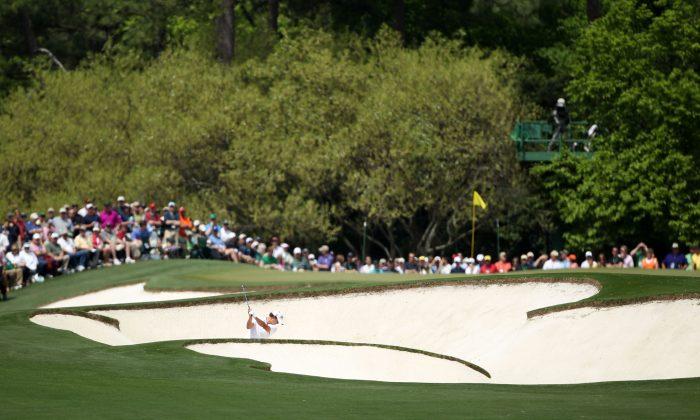
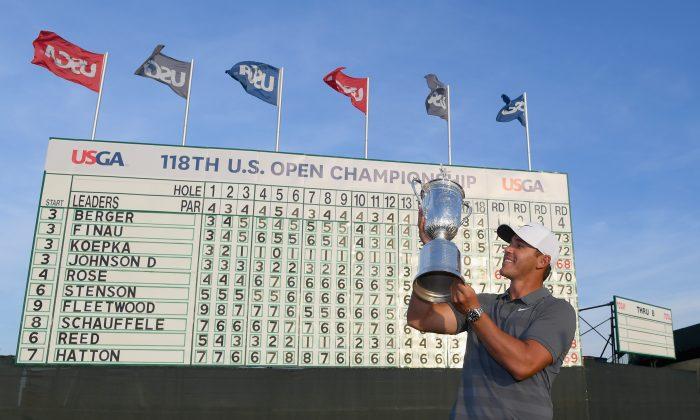
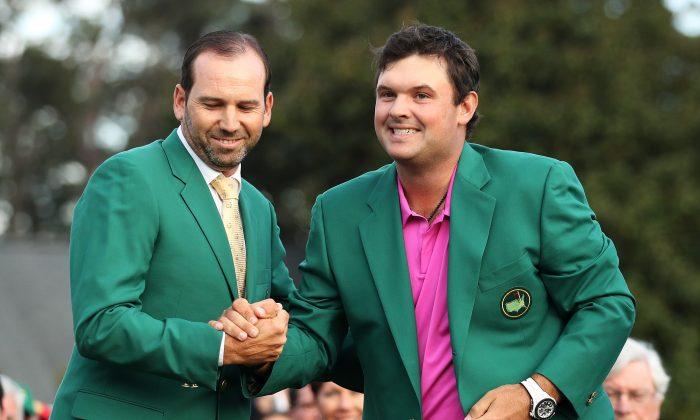
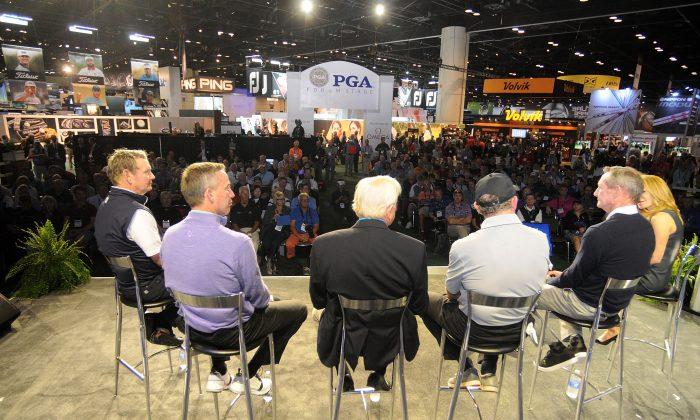
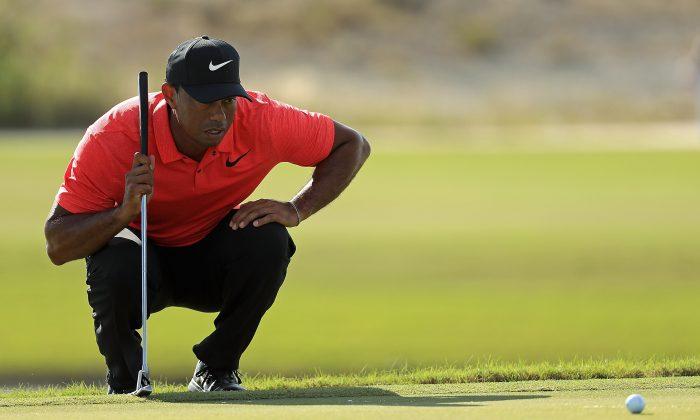
Friends Read Free